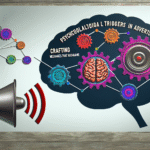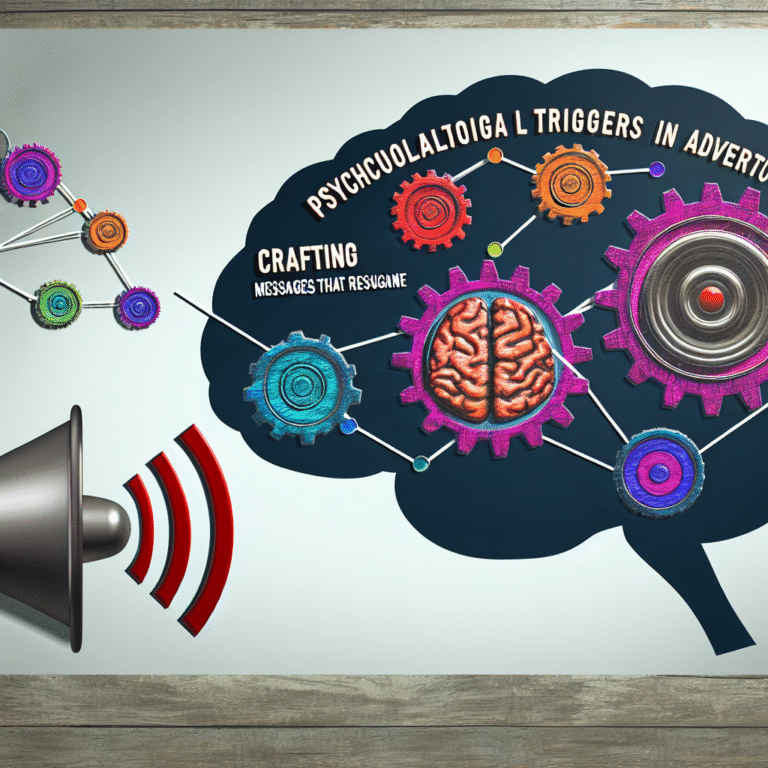
Unlocking Your Nightlife: A Beginner’s Guide to Proven Lucid Dreaming Techniques
Introduction
Have you ever wished you could control your dreams? Imagine soaring through the skies, diving into the ocean depths, or exploring fantastical worlds—all within the confines of your own mind. If this resonates with you, then Unlocking Your Nightlife: A Beginner’s Guide to Lucid Dreaming Techniques is your ultimate resource for diving into the exhilarating world of lucid dreaming. This fascinating phenomenon not only provides an avenue for creativity and self-exploration but also serves as a tool for personal development and overcoming fears. In this guide, we will take you step-by-step through the journey of becoming a lucid dreamer, equipping you with the techniques and insights needed to unlock the extraordinary potential of your nighttime escapades.
What is Lucid Dreaming?
Before diving into practical techniques, it’s essential to understand what lucid dreaming is. Lucid dreaming occurs when the dreamer becomes aware that they are dreaming. This awareness can happen at any point during the dream and often allows the dreamer to take control of the narrative, manipulate the dream environment, and explore limitless scenarios.
The Science Behind Lucid Dreaming
Research has shown that lucid dreams typically occur during the REM (Rapid Eye Movement) stage of sleep. During this phase, your brain exhibits activity similar to that of wakefulness, which explains the vividness and complexity of dreams. Studies, such as those conducted by researchers at the Maimonides Medical Center, highlight that lucid dreaming isn’t just a whimsical notion but rather a scientifically recognized state of consciousness.
Benefits of Lucid Dreaming
Now that we understand what lucid dreaming is, let’s explore why you might want to embark on this enchanting journey.
1. Enhance Creativity
Many artists, writers, and inventors have found inspiration in the dream world. Lucid dreaming can allow you to explore vivid scenarios that fuel your creative endeavors.
2. Overcome Fears
Revisiting traumatic experiences in a controlled, dream-like state can help individuals cope with fears and anxieties, offering a unique avenue for personal growth.
3. Improve Problem-Solving Skills
Some lucid dreamers report that they can work through life challenges and tap into their subconscious for creative solutions.
4. Experience Adventure
Many engage in lucid dreaming purely for adventure—scaling mountains, undergoing time travel, or even meeting fictional characters can all happen within a lucid dream.
5. Better Sleep Quality
While achieving lucidity might take practice, some dreamers find an overall improvement in their sleep quality as they learn to engage with their subconscious mind.
Techniques to Unlock Your Nightlife
To embark on your journey into lucid dreaming, several techniques can help unlock your nighttime adventures. Here are some of the most effective methods:
1. Reality Checks
A reality check is a simple technique that helps increase your awareness of your surroundings. Perform reality checks regularly throughout your day, such as looking at your hands and asking yourself, “Am I dreaming?” This habit will carry over into your dreams, helping you recognize when you’re in a dream state.
| Table 1: Common Reality Checks | Reality Check | Description |
|---|---|---|
| Finger through palm | Try to push your finger through the palm of your other hand. | |
| Nose pinch | Pinch your nose and try to breathe through it. | |
| Clock watch | Look at a clock, look away, and then look back to see if the time changes dramatically. |
Case Study: The Inspirational Journey of Andrew
Andrew, a 27-year-old graphic designer, struggled with creativity block for years. After learning about lucid dreaming, he began to perform daily reality checks. Within weeks, Andrew found himself actively engaged in lucid dreams where he unleashed his creativity, developing unique design concepts he hadn’t considered before.
2. Dream Journaling
Maintaining a dream journal is a powerful tool in the process of learning to lucid dream. Upon waking, immediately write down everything you remember about your dreams. This practice not only enhances your memory of dreams but also increases self-awareness over time—key elements needed for achieving lucidity.
Case Study: Lisa’s Dream Journal
Lisa, a student in her third year of college, decided to keep a dream journal to document her often-vivid dreams. Within a month, she noticed patterns and themes that recurred in her dreams, helping her recognize when a dream was occurring—ultimately leading to her first lucid dream.
3. Mnemonic Induction of Lucid Dreams (MILD)
MILD involves waking up after a period of sleep—ideally after five hours—then repeating a phrase such as “I will realize I’m dreaming” as you drift back to sleep. This technique can help you carry the intention of lucidity back into your dreams.
4. Wake Back to Bed (WBTB)
This method involves waking up after a few hours of sleep, staying awake for a brief period (around 20 to 30 minutes), and then going back to bed while keeping your mind focused on the intention of becoming lucid. This technique exploits the fact that REM periods lengthen as the night progresses, increasing your chances of experiencing a lucid dream.
5. Visualization Techniques
Before falling asleep, visualize yourself becoming aware within a dream. Picture specific dream scenarios, such as flying or meeting an interesting character, and mentally rehearse what it will feel like when you recognize that you are dreaming.
Case Study: Michael’s Successful Visualization
Michael, an aspiring actor, practiced visualization techniques nightly before going to bed. After weeks of dedication, he finally experienced a lucid dream, where he was able to improvise a scene alongside his favorite characters—all stemming from his nightly visual practices.
Analyzing Lucid Dreaming: A Unique Adventure
Benefits vs. Drawbacks
When exploring lucid dreaming, it’s essential to weigh its benefits against potential drawbacks. While the positive aspects often prevail, some may experience disrupted sleep patterns or difficulty distinguishing between dreams and wakefulness.
| Benefits | Drawbacks |
|---|---|
| Enhances creativity | Potential for disrupted sleep |
| Can assist in emotional healing | May lead to confusion post-dream |
| Offers thrilling adventures | Not everyone can achieve lucidity |
Common Misconceptions
A common misconception is that lucid dreaming is solely about control. While many do seek to manipulate their dreams, the deeper aspect involves understanding one’s self-balance and finding growth through exploration.
Keeping a Consistent Practice
To achieve success in lucid dreaming, consistency is key. Just as training for a marathon requires regular running, lucid dreaming requires persistent practice of techniques like reality checks and dream journaling. Establishing a relaxing bedtime routine can also deepen your overall sleep quality.
Conclusion
In your quest for Unlocking Your Nightlife: A Beginner’s Guide to Lucid Dreaming Techniques, remember the journey through your dreams is as valuable as the end results. Approach this guide with patience and perseverance, allow yourself to explore the depths of your imagination, and appreciate the creative journey that awaits you. The realm of lucid dreaming is not just about the exciting adventures you can have—it’s also about self-discovery, creativity, and ultimately, personal growth. Now is the time to commit to practicing these techniques, embark on your lucid dreaming journey, and awaken the adventures that are waiting for you each night.
FAQs
1. What if I can’t remember my dreams?
Dream recall improves with practice. Keep a dream journal by your bedside, and write down whatever you remember immediately upon waking.
2. Are there any risks associated with lucid dreaming?
Generally, lucid dreaming is considered safe; however, a few may experience sleep disturbances or difficulty distinguishing dreams from reality. If you find it negatively affects your sleep, consider adjusting your practice.
3. How can I stay focused on my intentions while falling asleep?
Create a bedtime ritual that calms your mind. Meditation, deep breathing, or even listening to soothing music can help reinforce your intention to lucid dream as you drift off.
4. Can anyone learn to lucid dream?
While some individuals may have a natural ability to lucid dream, most people can learn through consistent application of tried-and-true techniques.
5. How long does it take to achieve lucidity?
There is no set time frame—everyone’s journey varies. Some achieve lucidity quickly, while others might take weeks or even months of practice.
By following the principles outlined in Unlocking Your Nightlife: A Beginner’s Guide to Lucid Dreaming Techniques, you stand at the threshold of infinite exploration. Embrace the journey, and soon, the remarkable realm of your dreams will be yours to navigate.















